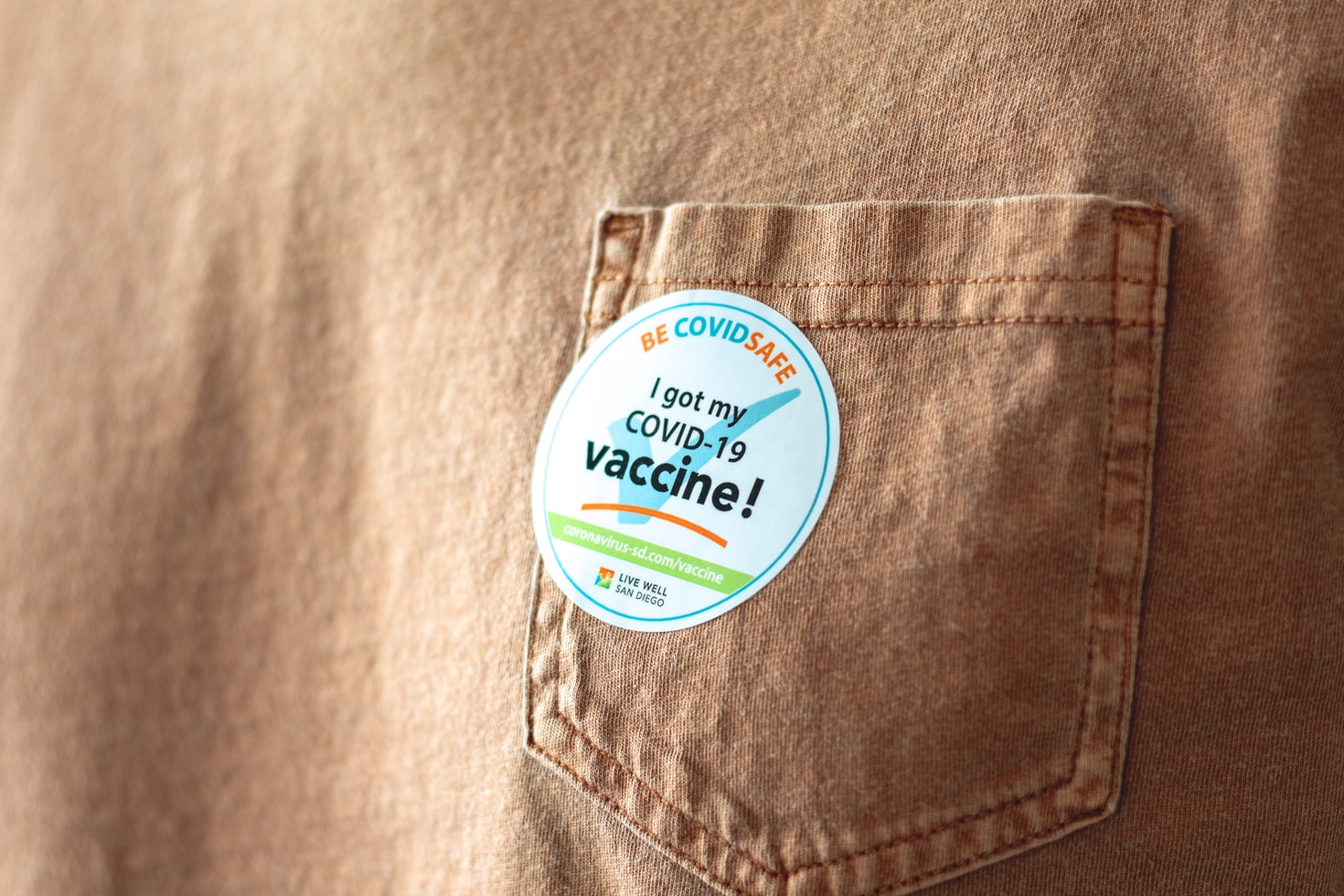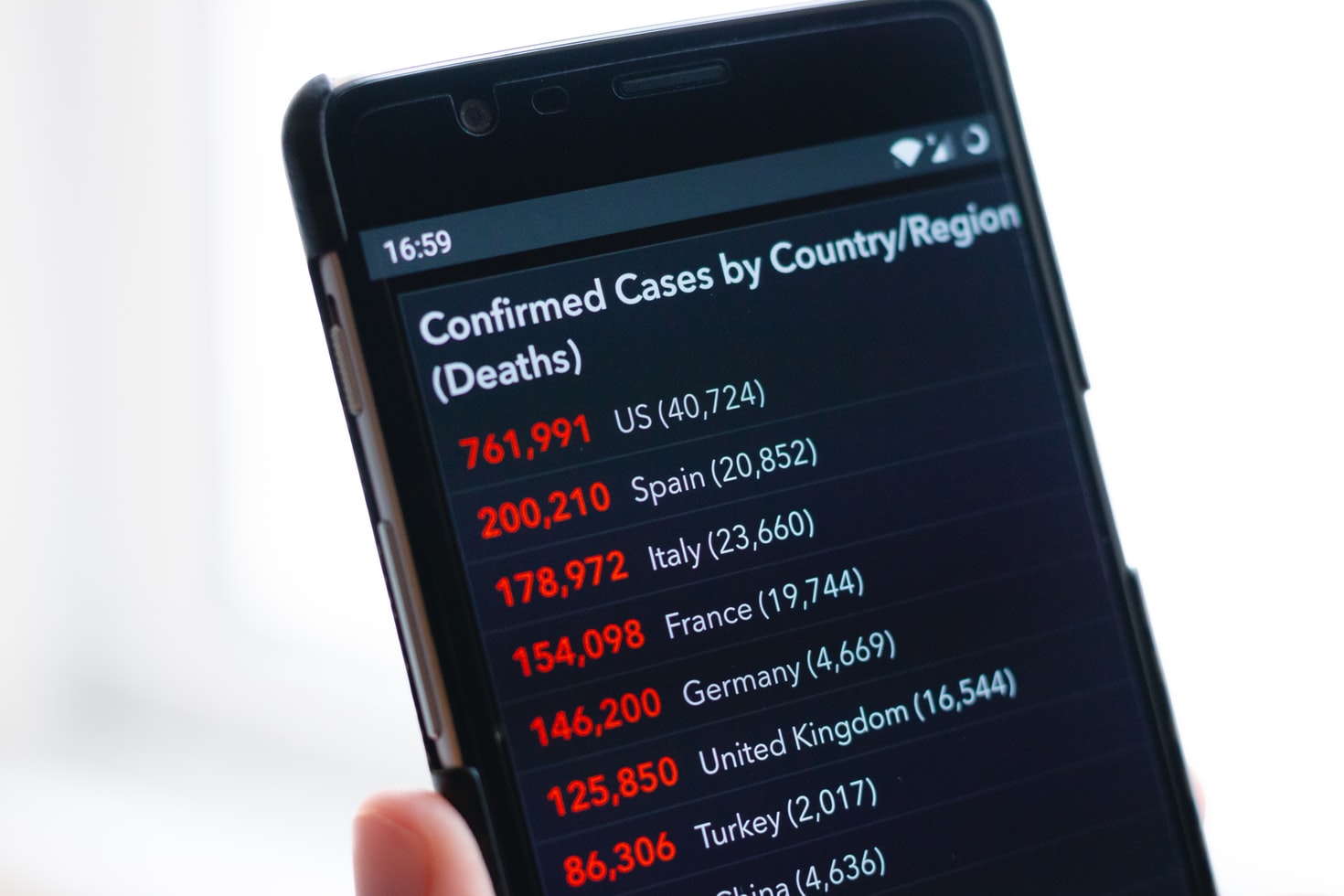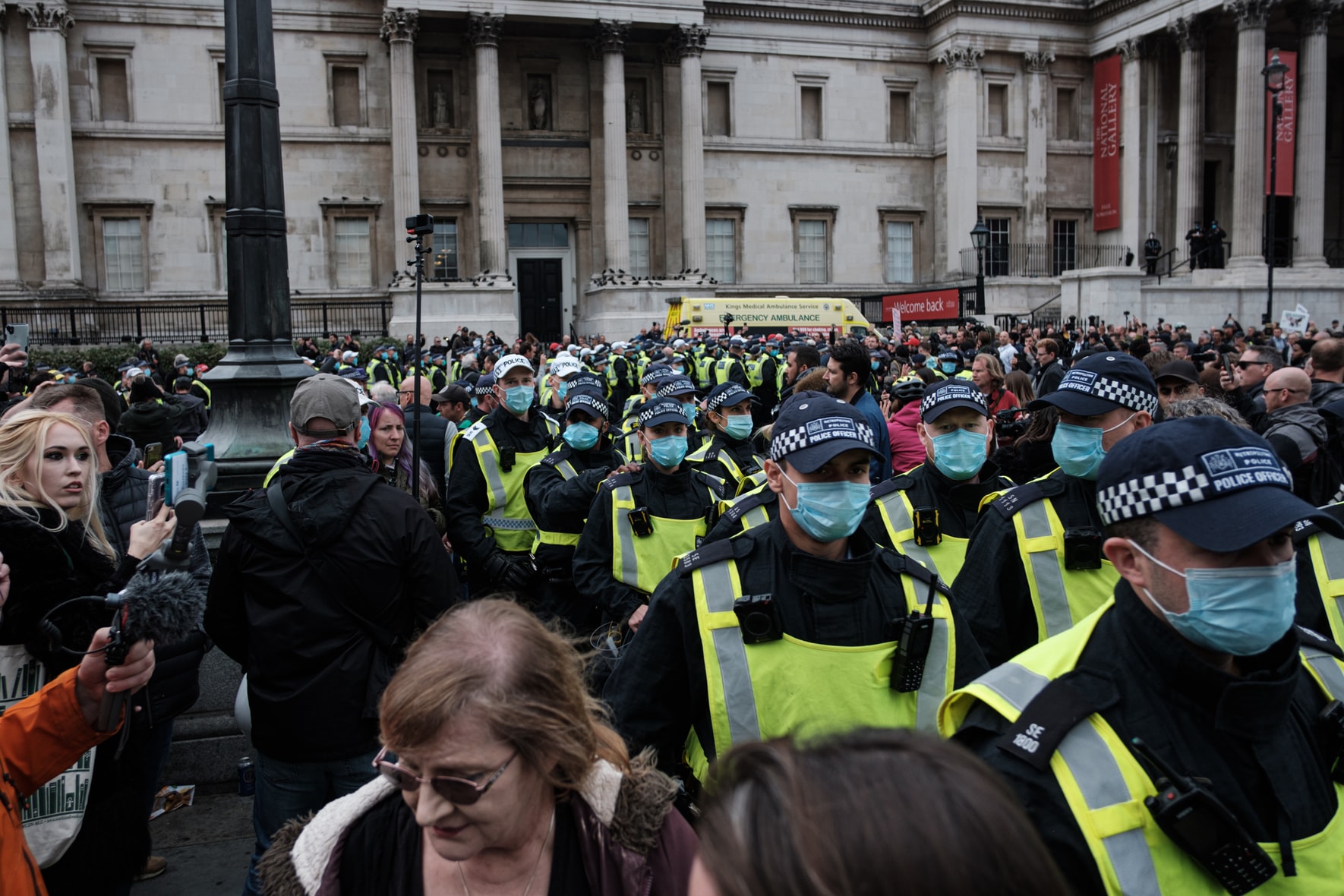Objective:
The outbreak of Severe Acute Respiratory Syndrome Coronavirus-2 (SARS-CoV-2) that was first detected in the city of Wuhan, China has now spread to every inhabitable continent, but now the attention has shifted from China to other epicentres. This study explored early assessment of the influence of spatial proximities and travel patterns from Italy on the further spread of SARS-CoV-2 worldwide.
Findings:
We found significant negative association between disease arrival time and number of cases imported from Italy (r = −0.43, p = 0.004) and significant positive association between the number of COVID-19 cases and daily travel influx from Italy (r = 0.39, p = 0.011). Using bivariate Moran's Index analysis, we found evidence of spatial interaction between COVID-19 cases and travel influx (Moran's I = 0.340). Asia-Pacific region is at higher/extreme risk of disease importation from the Chinese epicentre, whereas the rest of Europe, South-America and Africa are more at risk from the Italian epicentre.
Conclusion:
We showed that as the epicentre changes, the dynamics of SARS-CoV-2 spread change to reflect spatial proximities.


